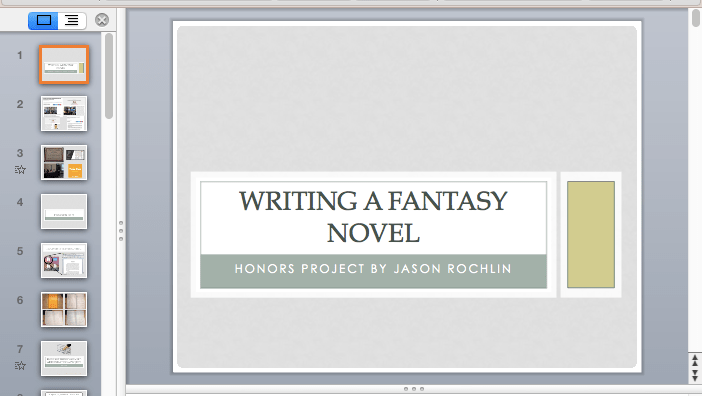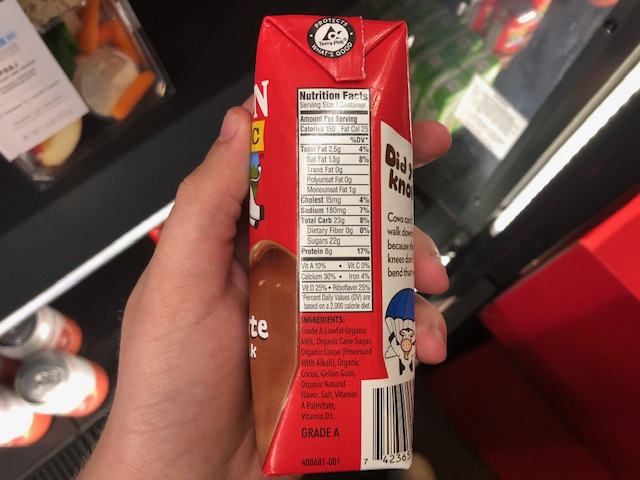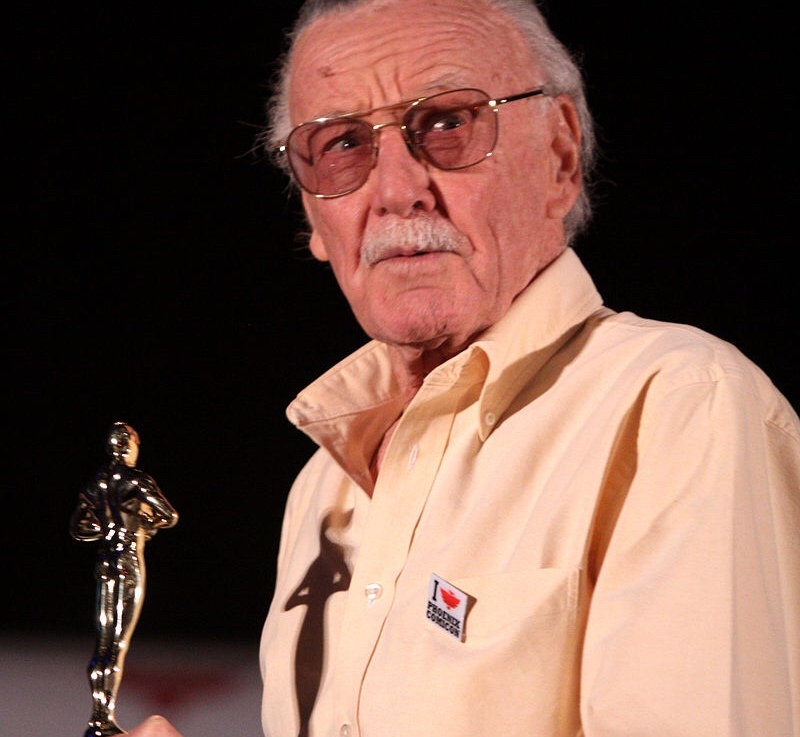Like I mentioned in my post showing off the character sketches from my novel-in-progress, this Friday I will be presenting my Senior Honors Project at the Honors Project Interdisciplinary Conference. We got the official email with the final schedule brochure and everything. It's happening. Not only is it happening, it's coming up at full speed. … Continue reading A pre-preparation of rites
Tag: Culture
When did we start labeling ingredients?
A few weeks back I talked about the essay I was going to have to write for my Visual Communications class. I'm sure if you follow my posts regularly you remember this one. My little laugh at the 1950s era advertising we could choose to analyze. In that case I'm sure you also remember that … Continue reading When did we start labeling ingredients?
A post-Stan Lee world
I don't know that I had anything planned to talk about today amid a storm of homework I've been putting off. But once I saw this news come through, I knew there was really only one thing I could do: Pay tribute. Within the last hour or so, rumors began to trickle around Twitter that … Continue reading A post-Stan Lee world


